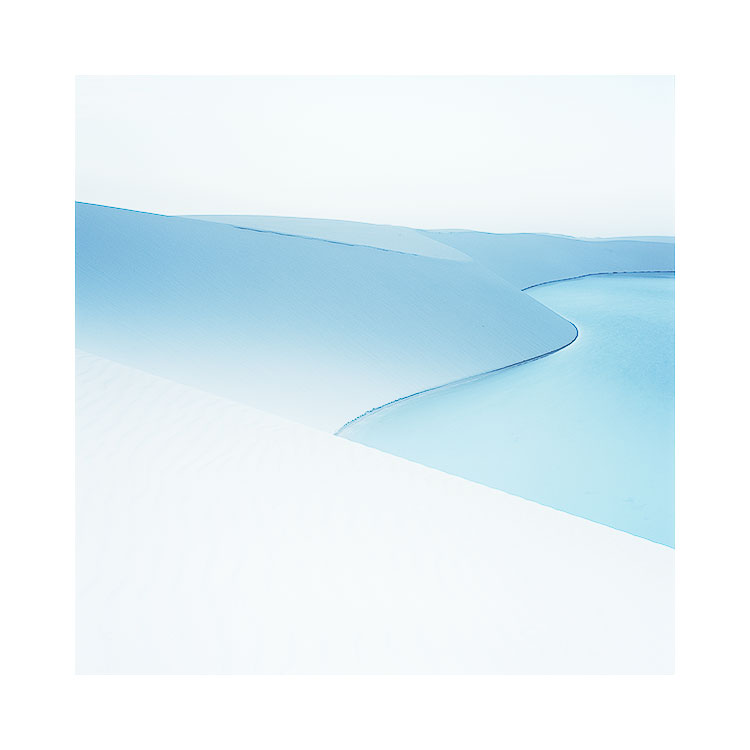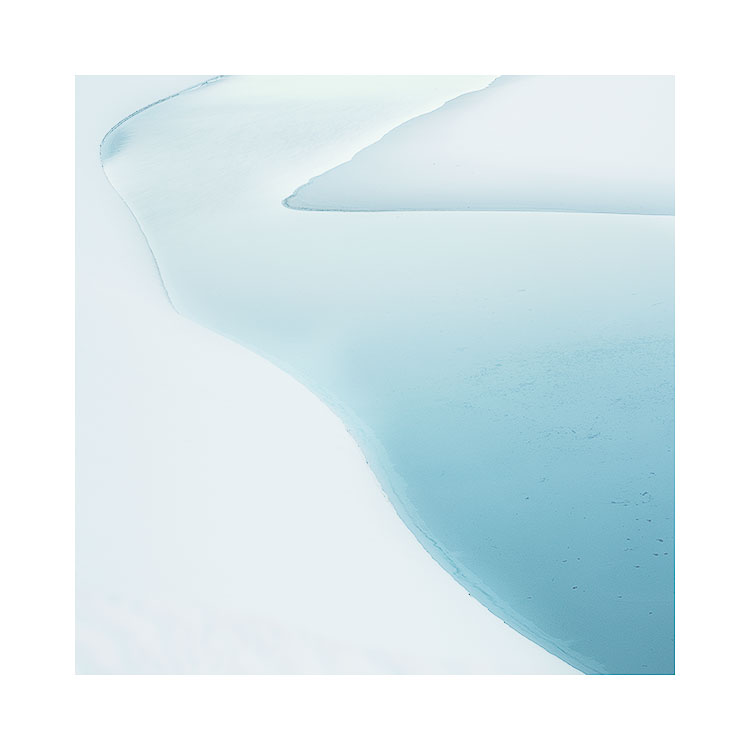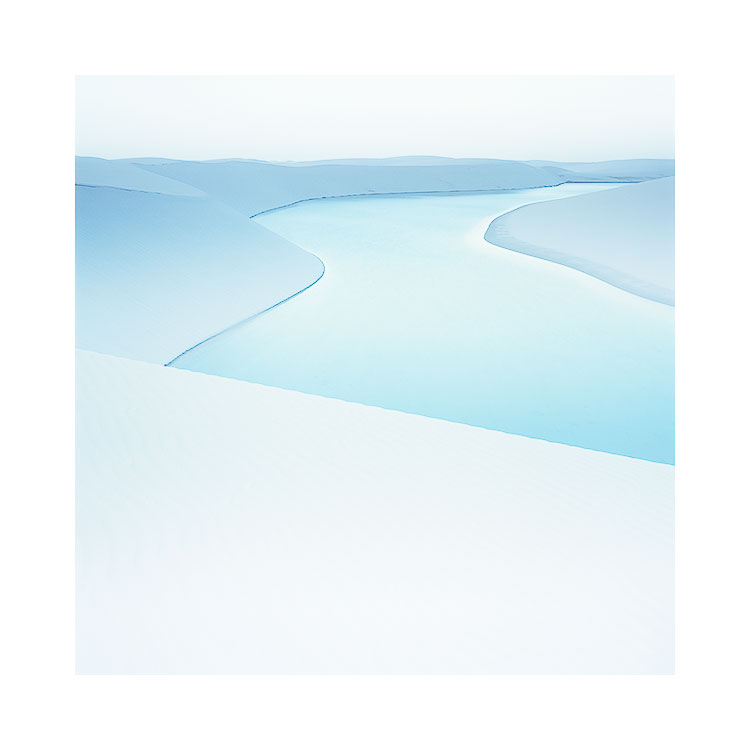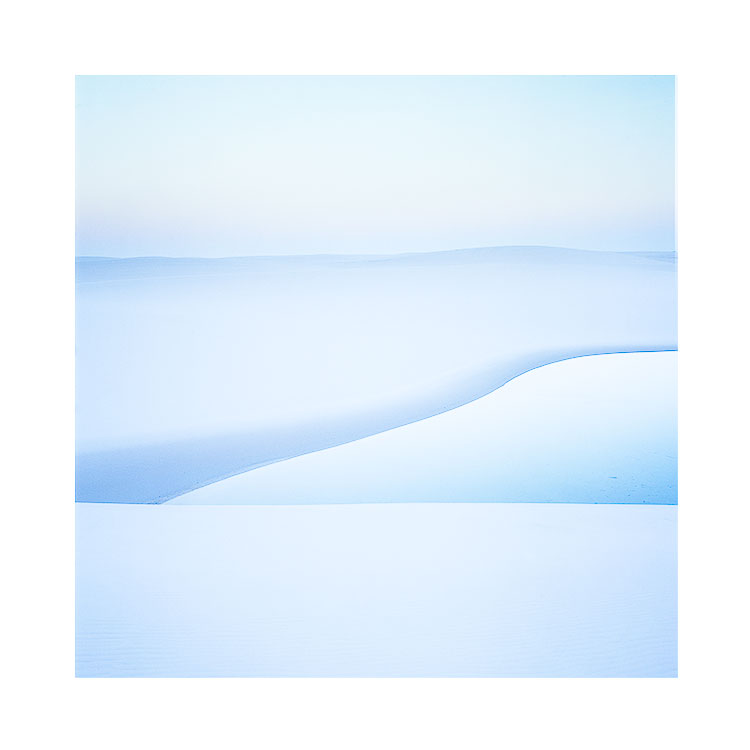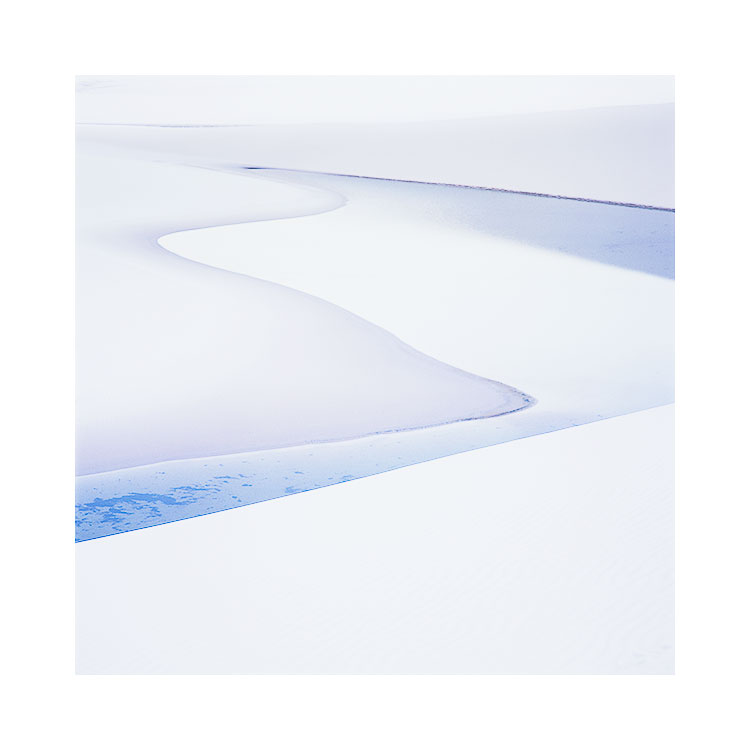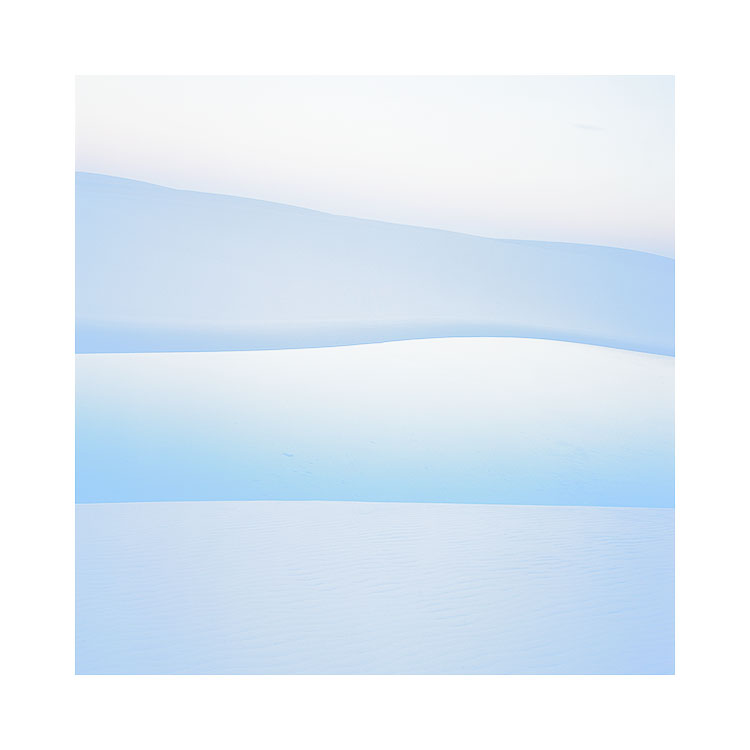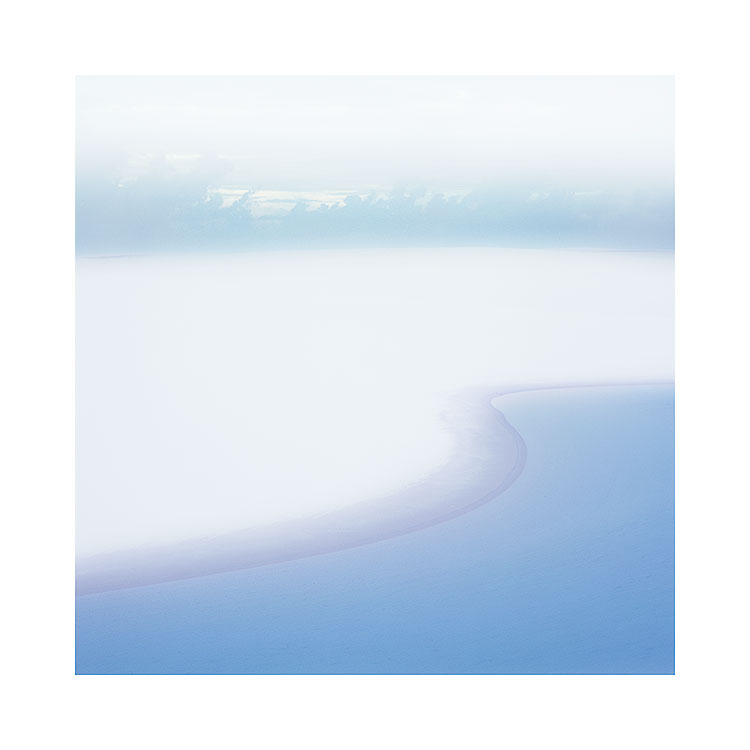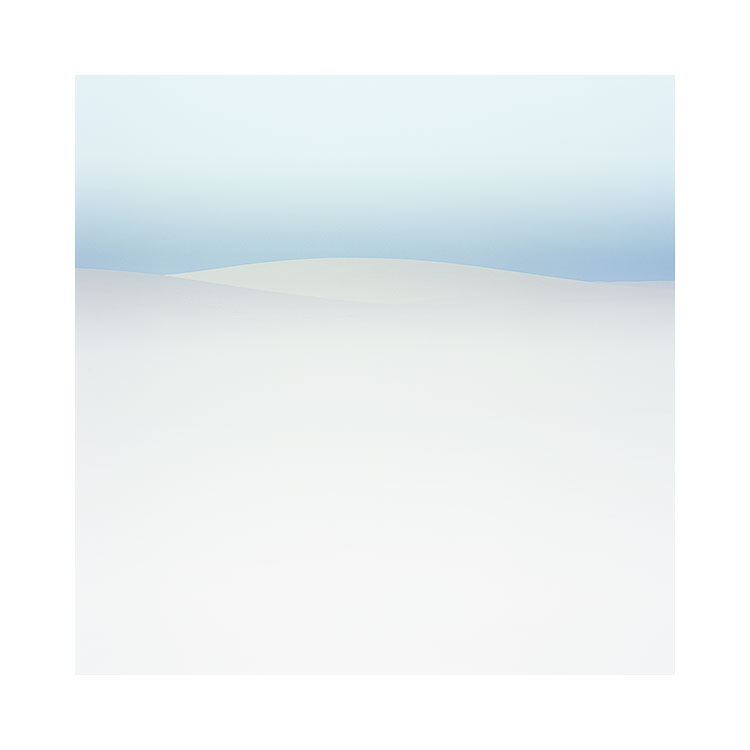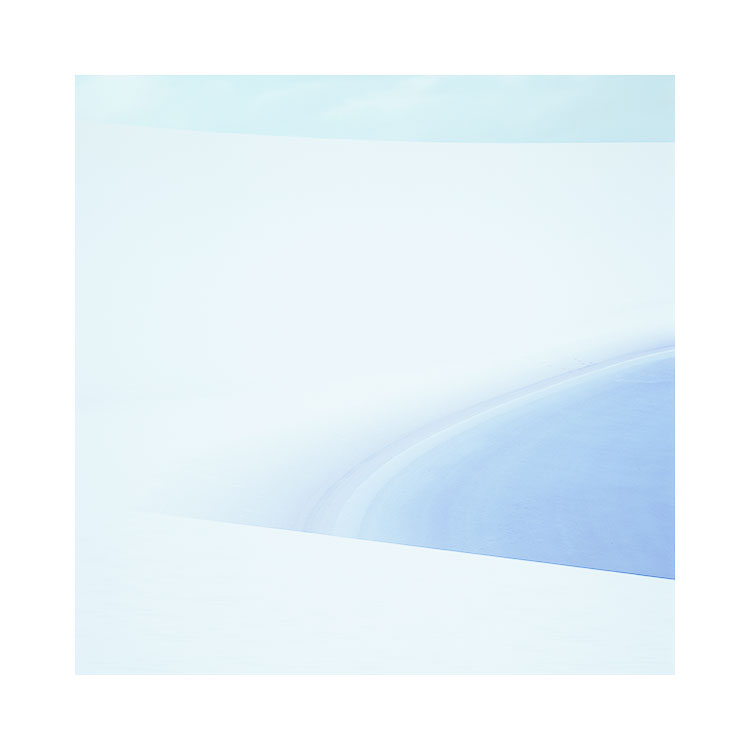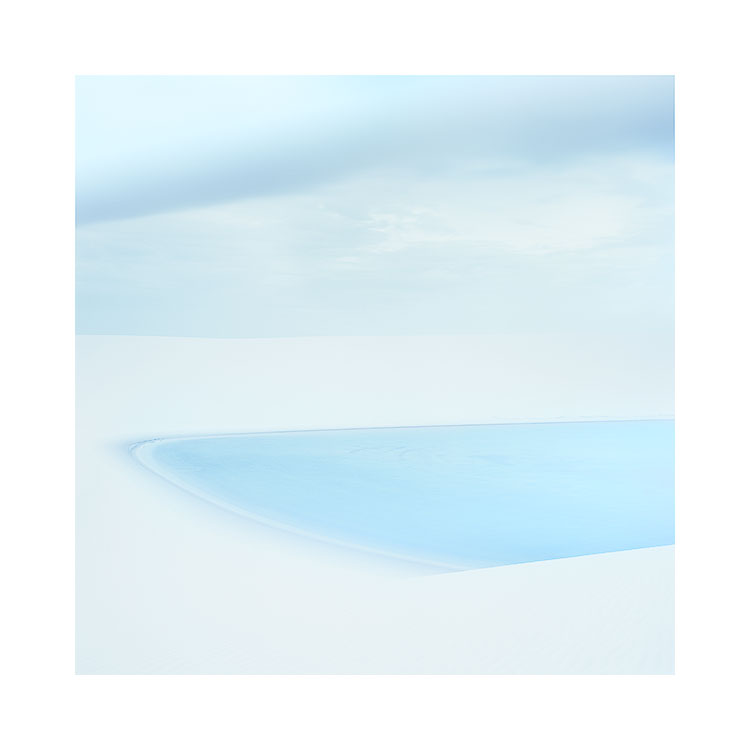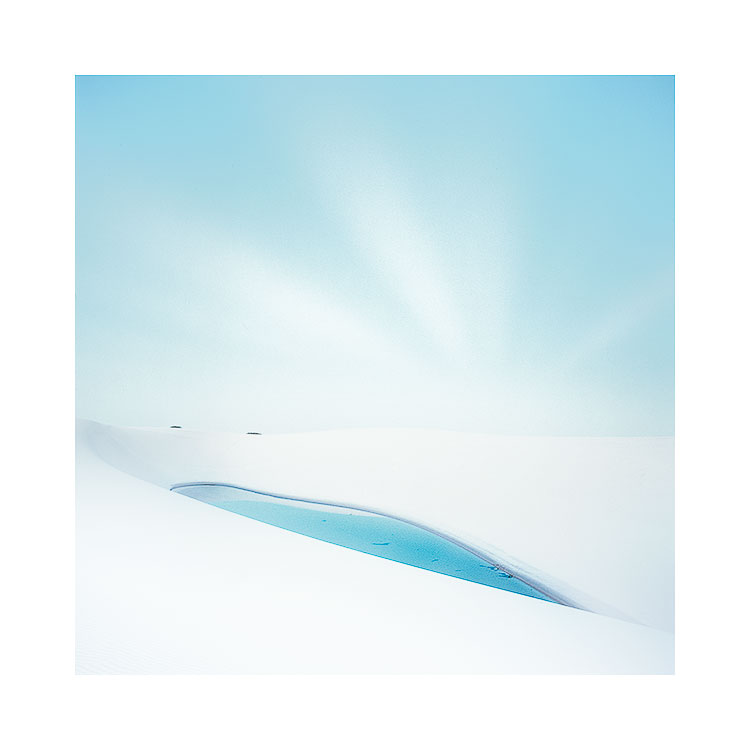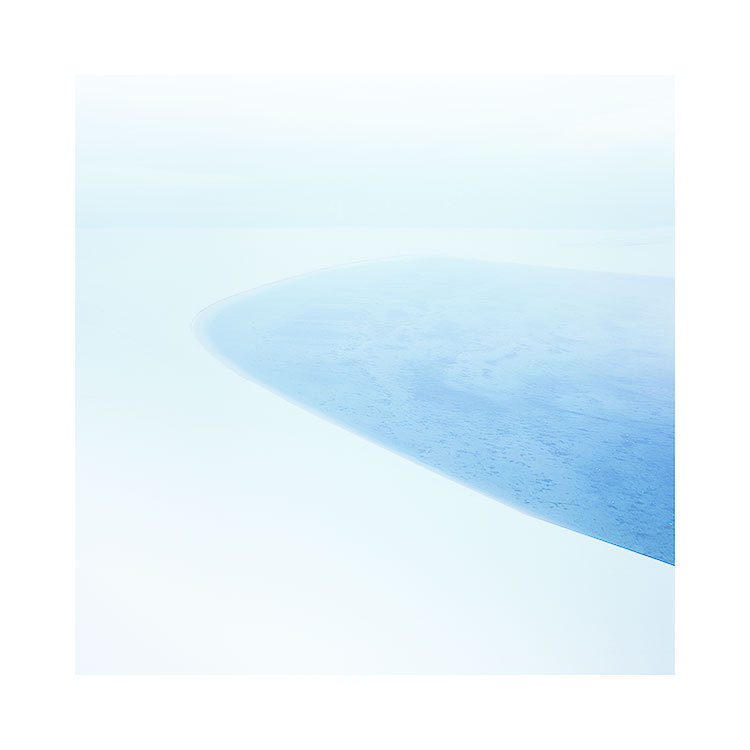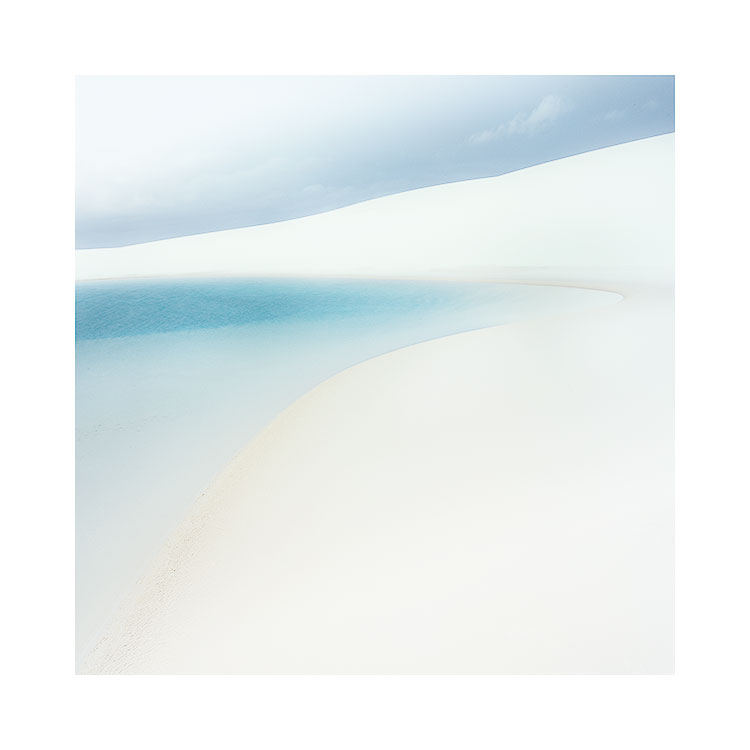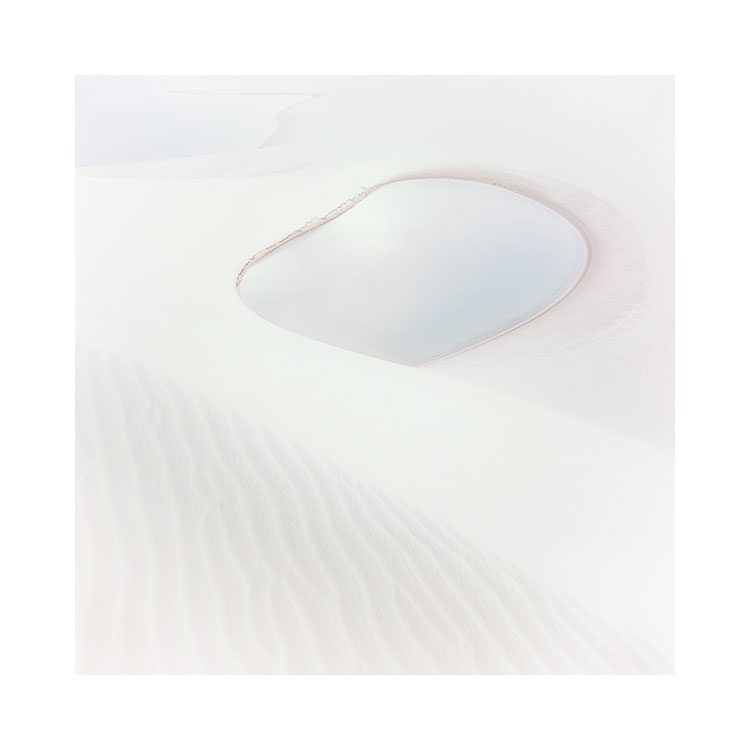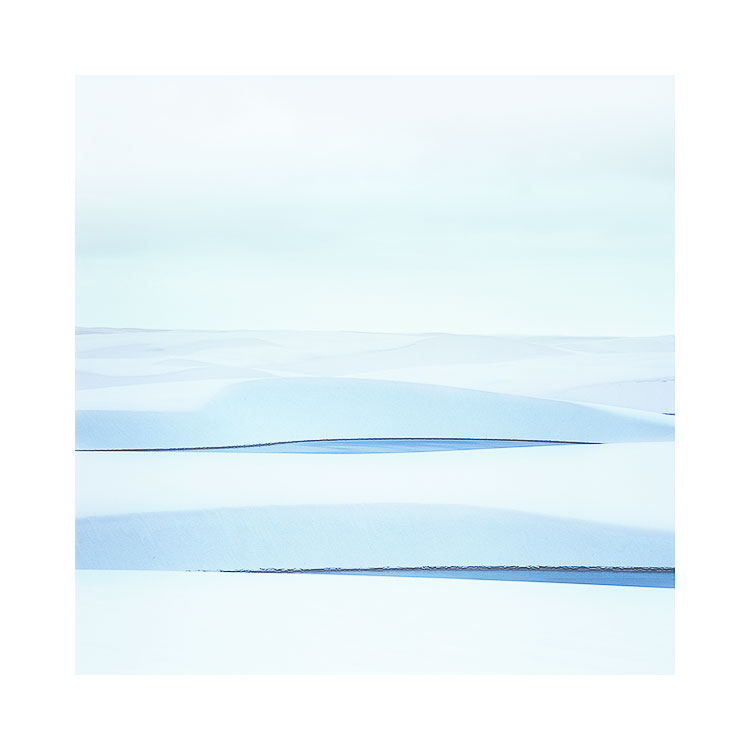Update - I’ve just heard from someone who has been using the same lab as me, who is getting the same banding down the right-hand-side of the frame. I am satisfied that this is a lab processing issue. Since the lab in question has replied to both of us independently saying ‘we’ve never seen this before’, I feel there’s no point in pursuing this with them. I am therefore no longer wishing to work with this lab, and I think the best course of action for me to pursue is to do my own film processing. More on this on the coming months.
Since January, I’ve stopped sending film away to get processed, as most of it is coming back looking like the images below.
All my images pre-pandemic were 100% perfect. I just checked my last shoot which was in February 2020. All the images are absolutely perfect. I do not change film backs, often travelling with just the same film back on. The cameras have not been altered in any way since February 2020.
If you have solid experience of film colour development, and know for sure what this is, I’d love to hear from you.
I would grateful appreciate you do not email me if you just have a theory. That is all I’ve been getting feedback on for the past few months.
I’m looking for someone who has seen this and knows exactly what this is. If you do know, I’d love to hear from you.












